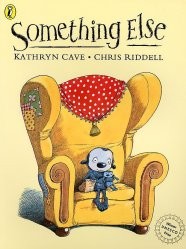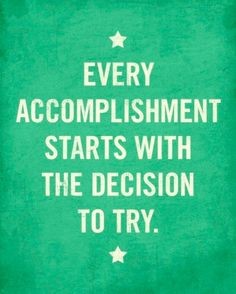Find out about useful resources for teaching Relationships, Sexual health and parenthood in the early years. Some of the books are really helpful and could be a good starting place. In addition, using some of the recommended resources from Health Promotion
Evidence: Write a lesson outline and reflect on how you would deliver sensitive topics appropriately, factors you would need to consider before delivery, to ensure that the teaching environment was inclusive and list your resources. (2 hours)
Personal Thoughts:
Personally I found this task quite difficult to complete. This was because we decided to focus on an area which we felt would challenge us, therefore assisting our future practice. This enabled us to start thinking of different ways in which we could deliver a lesson on such a topic in the early years. We decided to plan the lesson in relation to the classroom/school setting which can be linked to the wider environment children live in and experience through the teachers discussion with the children. This was due to us thinking about the age/stage of the children and not wanting to overwhelm them about strong, difficult issues such as abuse.
As a teacher I recognise it is my responsibility to ensure I am equipping the children and young people with the knowledge and skills they need to grow and develop into responsible and confident individuals; no matter how difficult a topic/issue may be to deliver. I believe that in the society we live in today, it is important to inform children and young people to enable them to make good personal choices in their own life regarding relationships, sexual health & parenthood.
The task can be viewed as a word document –
Relationships, Sexual Health & Parenthood Task
Some leaflets we were given at our last input of the module from Kerry Dalgetty, Senior Health Promotion Officer with the Early Years and Young People Team at NHS Tayside.

This input I believe gave some invaluable information about how to teach children & young people about relationships, sexual health & parenthood (RSHP). This area is one in which I feel less confident & comfortable in teaching however with my increased knowledge and awareness of resources and services available, this may change when I actually experience it. I believe it was good to start to discuss such issues as many of us have never had classroom experience and the Health Promotion’s introduction of a schools pack/folder will be of great benefit to all schools and practitioners in the delivery of RSHP lessons.
The attached pictures show some of the resources looked at –







































 The important message which came from this workshop was that it is vital to deal with whatever is bothering the children (ourselves) in order to ensure that minor worries do not snowball into bigger issues which are more difficult to deal with. Ensuring that we are talking and communicating with children and young people is key to providing opportunities for them to share their thoughts/concerns with those who can offer support and guidance.
The important message which came from this workshop was that it is vital to deal with whatever is bothering the children (ourselves) in order to ensure that minor worries do not snowball into bigger issues which are more difficult to deal with. Ensuring that we are talking and communicating with children and young people is key to providing opportunities for them to share their thoughts/concerns with those who can offer support and guidance.





